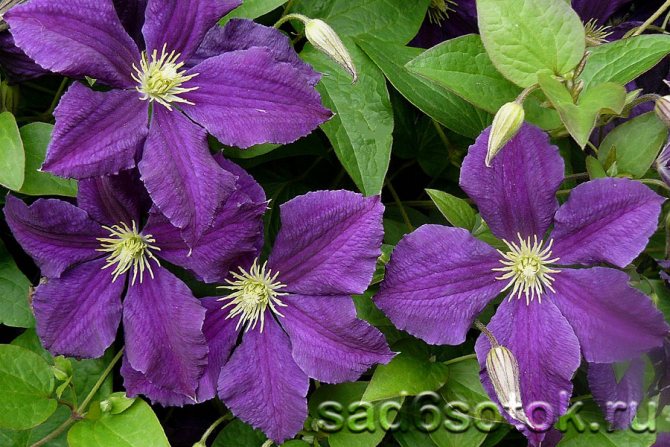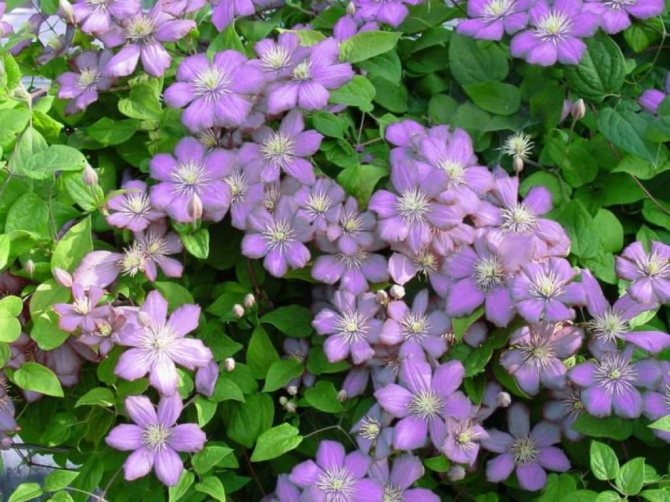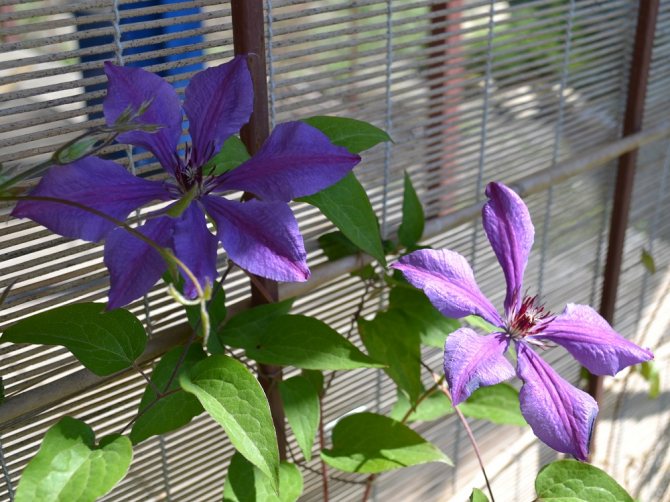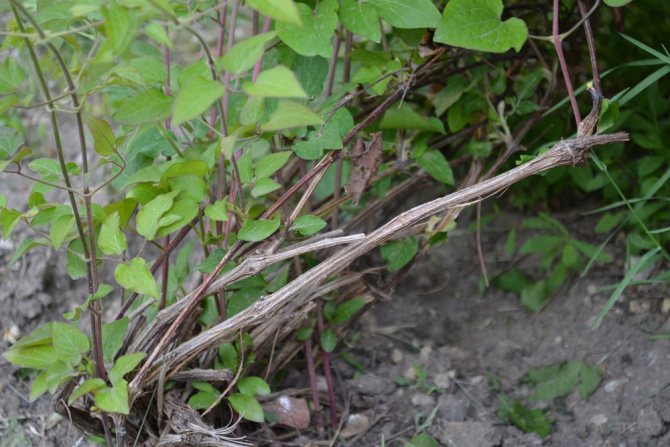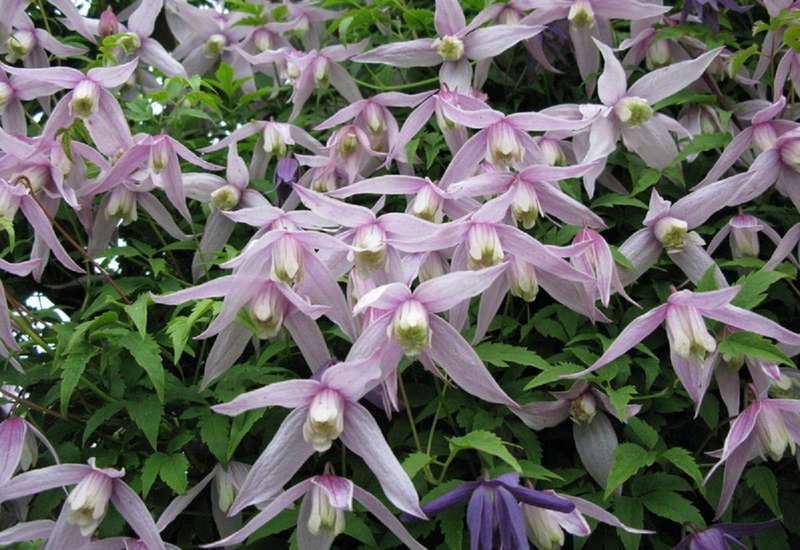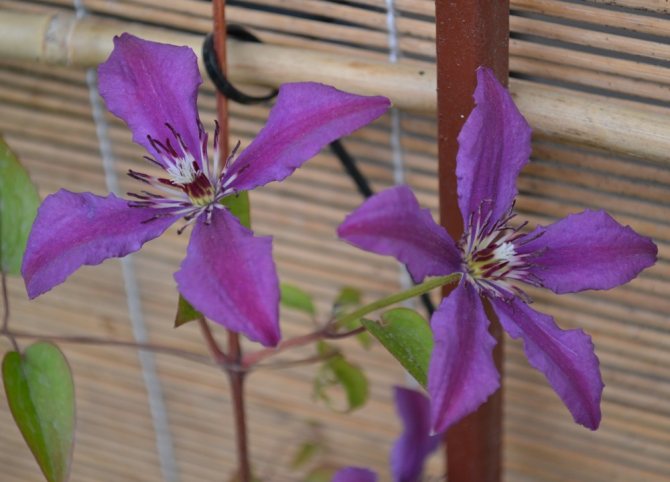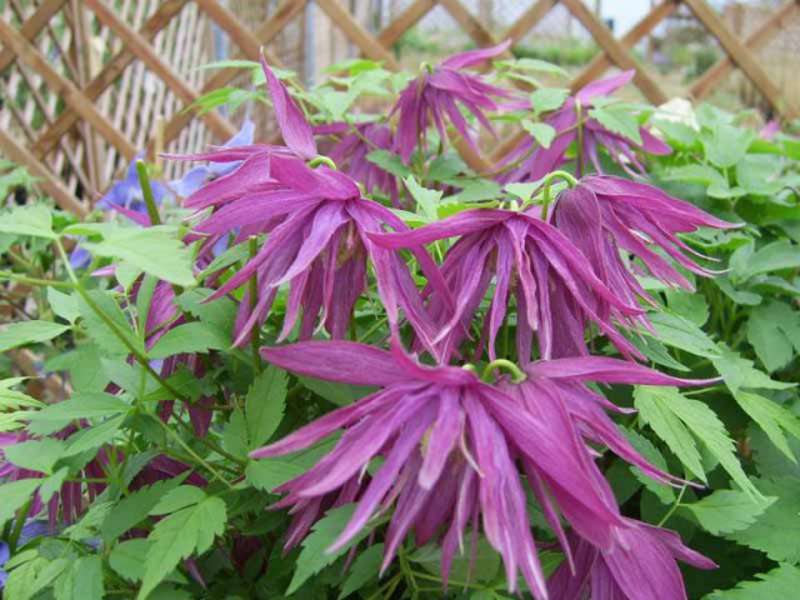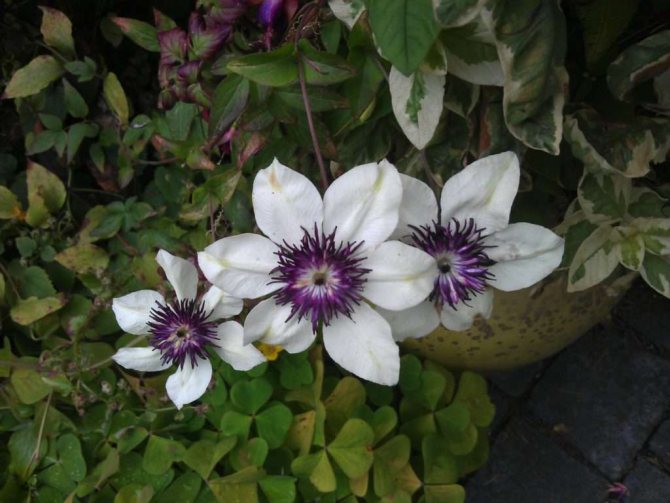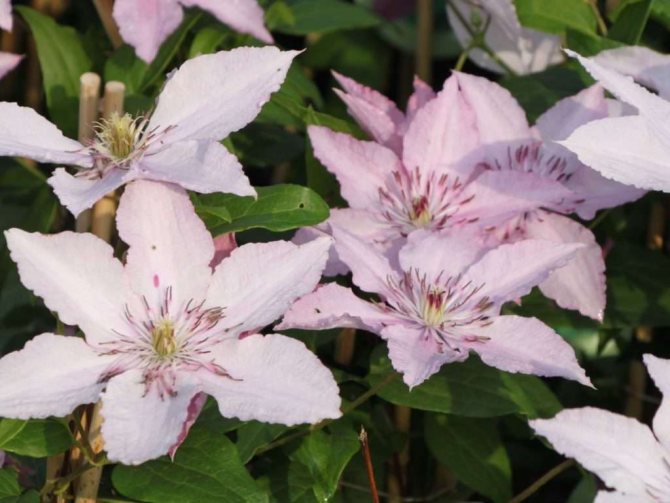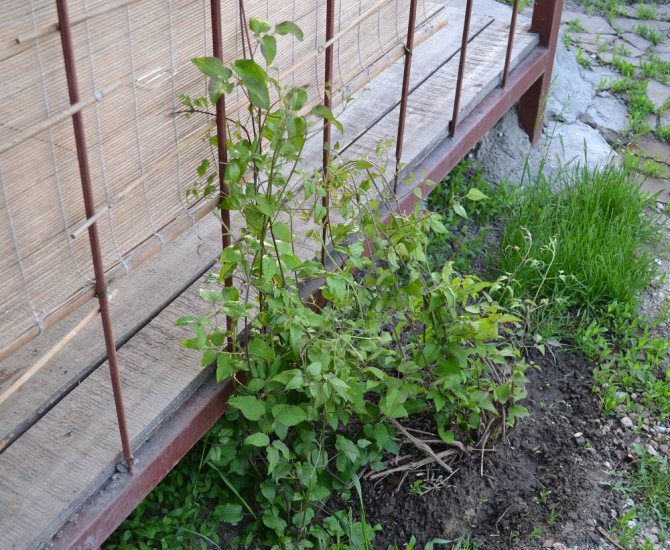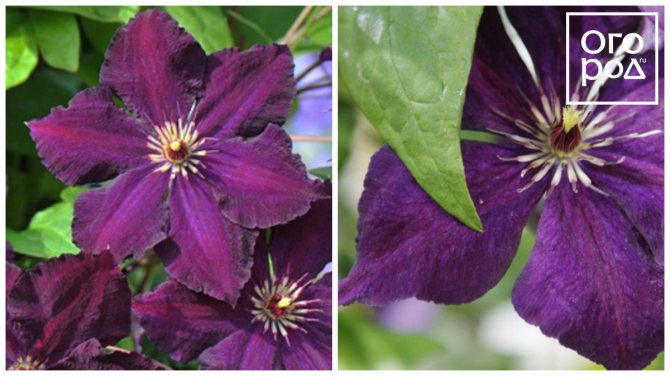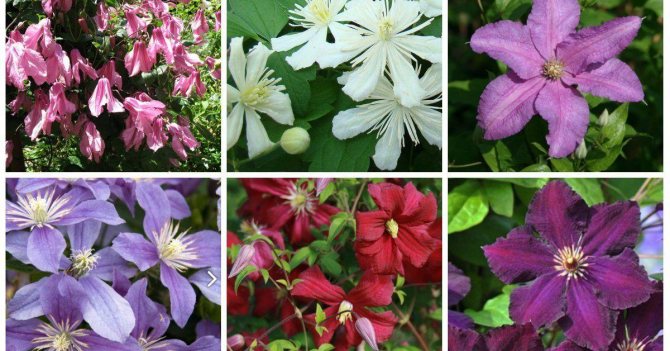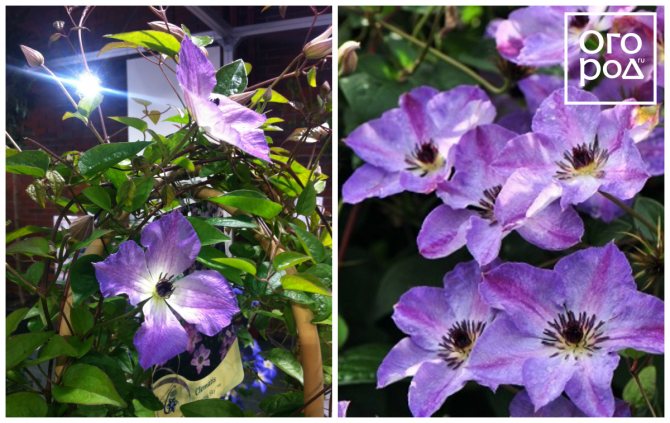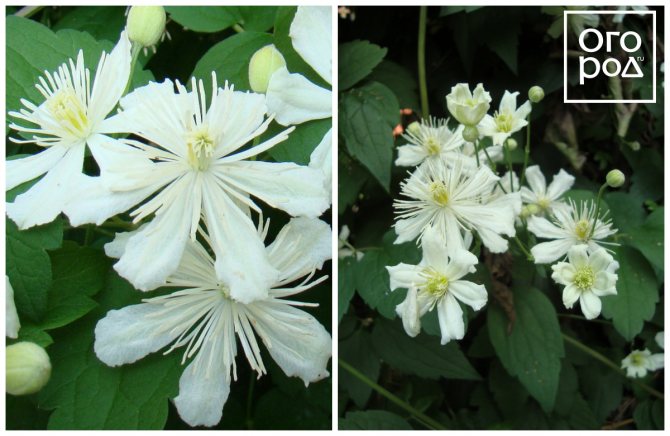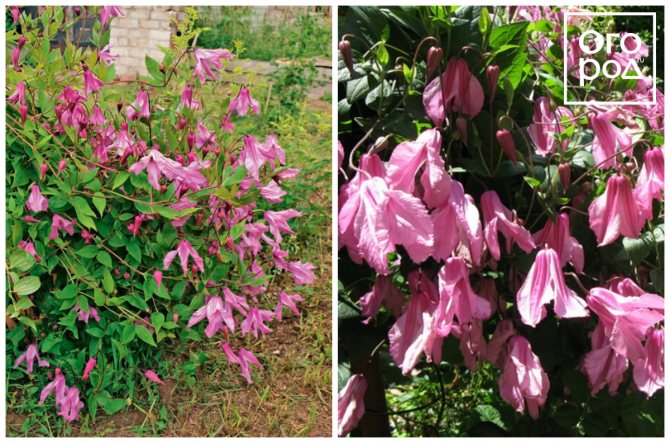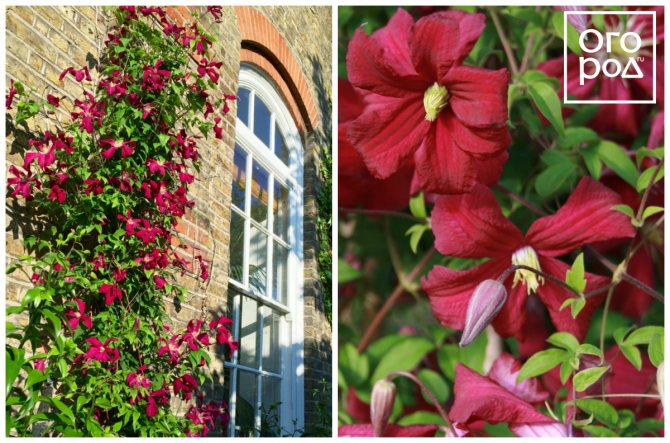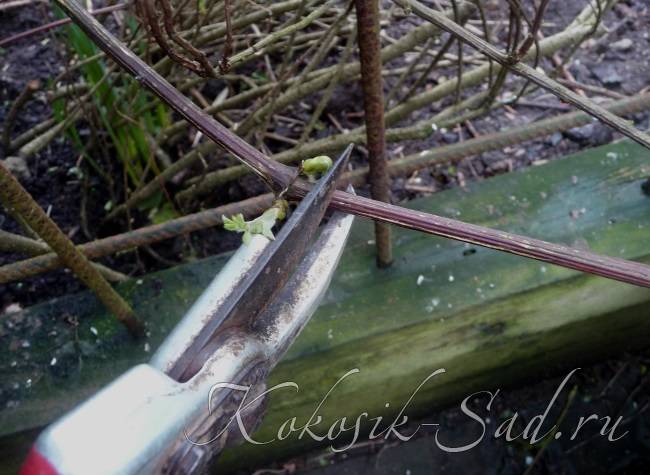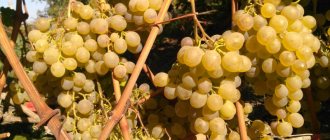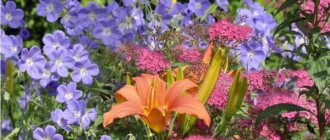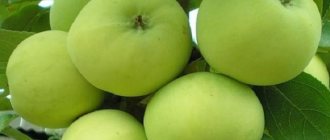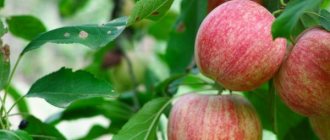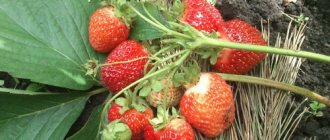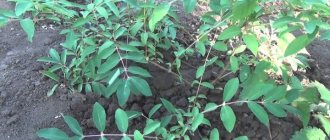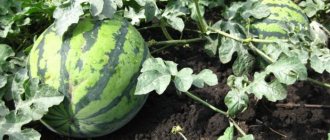Plants »Flowers
0
60
Article rating
Clematis is a gorgeous liana-like plant that is a real treasure of the garden. By its nature, it is unpretentious in care, it is found in almost any area, from the Moscow region to the Urals. A distinctive feature is the large-sized flowers of all kinds of colors, which the bush is abundantly strewn with. However, for a comfortable growth and maintenance of the decorativeness of the culture, a regular haircut should be done, while it is necessary to take into account the pruning group and the corresponding terms.
Clematis Josephine trimming group
First trimming group.
This group of plants is characterized by the fact that buds appear on the shoots that were formed last year. On a fresh shoot, it is not often possible to find new buds. If this happens, it is in very small quantities. Clematis of this group are unpretentious in care. Armanda and Montana have great vigor of growth and flowering, Wesselton is the owner of rather large petals, Frankie and Yoli Senseishen is the owner of special beauty and brilliance. These types of clematis began to be called landscape. They are usually divided into mountain, alpine and large-petaled. These clematis have a large number of flowers that sit tightly to each other, which merge, forming a single canvas. They are owners of medium-sized dimensions, which is also an advantage of plants. Plants of group 1 do not have an urgent need for pruning. You can do this pruning if the plant has been blooming for a long time, or it has grown a lot. In any case, pruning is purely aesthetic, rejuvenating.

Choosing a time for trimming.
If it is important for you how your plant will look, then pruning is recommended in the summer, when the flowering process is over. pruning at such a time is very easy, because you can immediately see which shoots have already faded and you can remove them. If you are pursuing anti-aging goals, then it is best to leave pruning at the beginning of summer - in June.
How much should you trim?
Pruning is needed for those parts of the shoot that have already finished their flowering. This applies if you are pruning in the summer when flowering ends. If there are old shoots, non-woody stems, poorly developed shoots, then they must be removed first. If you set rejuvenating goals, then the long shoot should be cut by 1/3 part, and those shoots that look in different directions should be cut off completely.
Cutting sequence.
Pruning must be carried out in 3 stages: When the height of the stem reaches 30 cm, the stems will have a height of 60 cm.
The height of the vine will be 1-1.5 m.
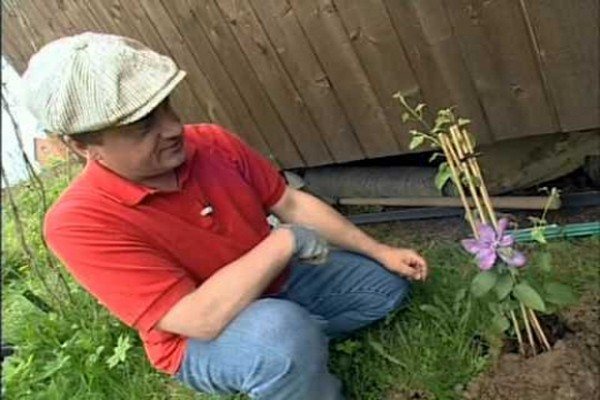

Large-flowered clematis
Some of the most spectacular species are hybrids with large inflorescences. Large flowers of a rich or delicate color, simple or double, immediately catch the eye and make the bush the pride of a florist.
Clematis Ville de Lyon


The description of clematis Ville de Lyon should start with the fact that it belongs to the Viticell group. The diameter of the inflorescences reaches 16 cm, while they have a rich color and consist of 5-6 simple petals and long, up to 2 cm, stamens. Some consider it red, but most of all the color is similar to fuchsia, while the tips of the petals are darker.Interestingly, by the end of flowering, purple hues begin to prevail. The bush is quite large, the length of the lashes is from 3 to 4 m. Flowering begins late, in July, but lasts until the first frost.
The variety has increased winter hardiness and is resistant to most fungal diseases, but it can fade in the sun (flowers will become faded).
Clematis Barbara


The variety is the result of the work of Polish breeders, earned popularity due to simple, but very large (up to 16 cm in diameter) inflorescences with an interesting color: they are deep pink in color, but the stamens are painted in maroon color.
The bush itself grows to a maximum of 3 m, winter-hardy, late - blooms from June to September.
You can trim clematis lightly and then flowering will be in May, and with strong pruning, flowers will appear only in the second half of June.
Second trimming group.
Among the features of this group, one can single out the fact that the plant can bloom twice throughout the season. The first flowering period occurs in May-June, which is short-lived. Flowers begin to emerge from the buds that have appeared on those shoots that have survived the winter period. at this time, flowering begins in hybrids. The second bloom is longer and is characterized by a large number of flowers. The beginning of flowering occurs in the second half of the summer season and ends in the autumn, when the first frosts begin. The formation of flower buds occurs at the top point of a new shoot - an annual. Such varieties of clematis as: Freda, President, Queen, etc. have a rich color. Pruning of plants in this group is done lightly, but it should be regular. If in the autumn you carry out the pruning in a radical way, then the plant may die. This may be due to the fact that the plant did not have time to prepare for the winter period.
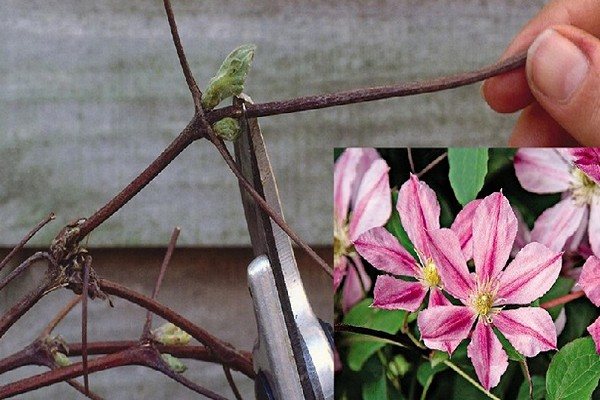

Choosing a time for pruning.
If the variety belongs to the first flowering period, then pruning is done in the summer months, after all the shoots have finished flowering. If the plant is a representative of the second flowering period, then it is pruned in late autumn, before covering the plant for the winter season.
How much should you trim?
Clematis belonging to the first flowering period require complete pruning of the entire number of available shoots. Clematis, belonging to the 2nd flowering, need careful pruning - by 1-1.5 m.If the shoot has a poor-quality appearance, then it must be cut. If you want the flowering of the plant to start earlier next year, it is advisable to prune the annual shoots. Pruning must be done at ¼. The cut off part, which has already finished its flowering, or before the first full-fledged leaf, is subject to complete removal. Thus, the flowers will be properly distributed on the liana.
Pruning stages.
The height of the stems will reach 30 cm.
The stems will be up to 60 cm high.
The height of the vine will be 1-1.5 m.


Group III Clematis
Representatives of the third group bloom from mid-summer to early autumn, only on annual shoots. These include:
— Zhakman;
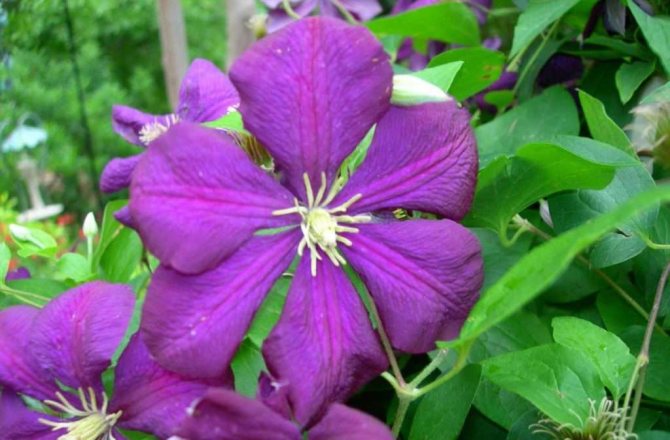

— Viticella;


— herbaceous species with stems that cannot be overwintered.
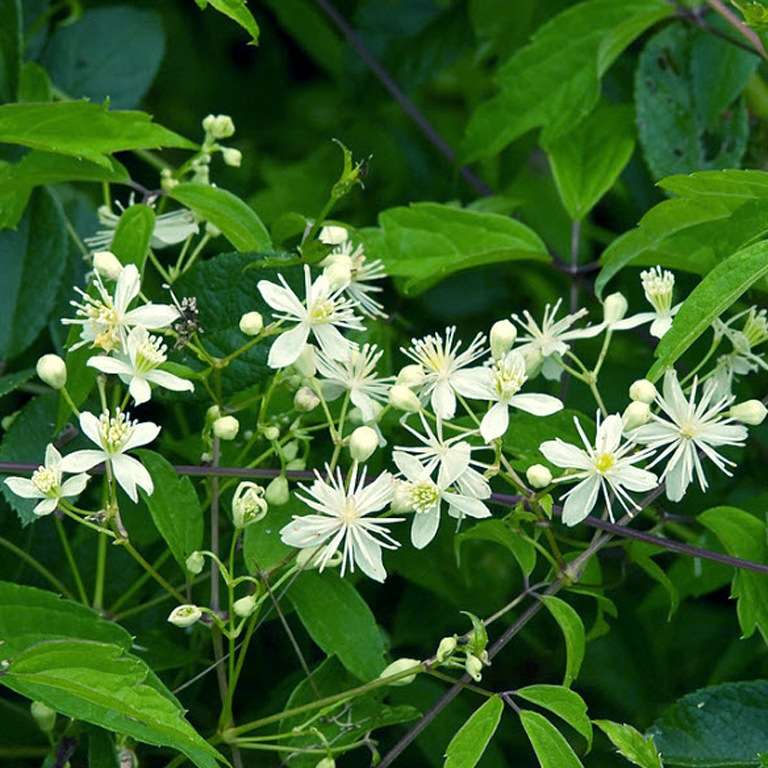

They need simple pruning in the fall or early spring. Pruning clematis in the summer is not necessary. It is recommended to keep two or three knots on each shoot at a height of about half a meter from the ground. If you leave a lot of buds, the flowering will be intense, if few - not so plentiful, but the flowers will be larger. Herbaceous species need complete pruning for the winter, in which the shoots are shortened to the very ground.If this is not done, the plant will most likely die from severe frosts.
The third group is trimming.
This group includes varieties of clematis, which are characterized by a long flowering period, about 3 months. Plants of this group are called herbaceous. These include: Texas cultivar, purple and large-flowered hybrid. Flowering begins in July and ends in late autumn. Plants of this group have large, luxurious flowers that arise on a fresh shoot, are completely unpretentious in care. before the winter period, it is not necessary to build any special structures to cover the plant. After pruning, very short stems will remain.
Choosing the time to trim.
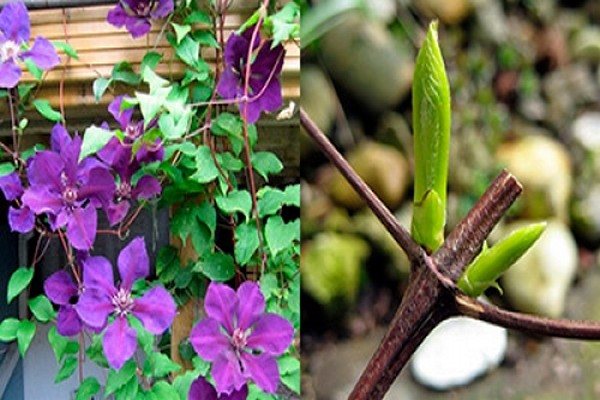

To carry out pruning, you need to take a sharp knife or garden pruner. Shoots must be cut in such a way that the cut is 5-7 mm above the location of the bud. You also need to remember that after pruning each bush, garden tools must be thoroughly disinfected. You can use alcohol or any other drug. for pruning, they choose early spring or late autumn.
how much should you trim?
Carry out a cardinal pruning. You need to remove all the shoots, you need to leave the stems 15-20 cm long. If you save more, for example, 50 cm, then flowering will begin a little earlier, by about 10-15 days.
Cutting sequence.
The stems will grow up to 15 cm in height.
The height of the stems will reach 30 cm.The height of the creeper will reach 50 cm.
The third group of clematis does not hide for the winter.
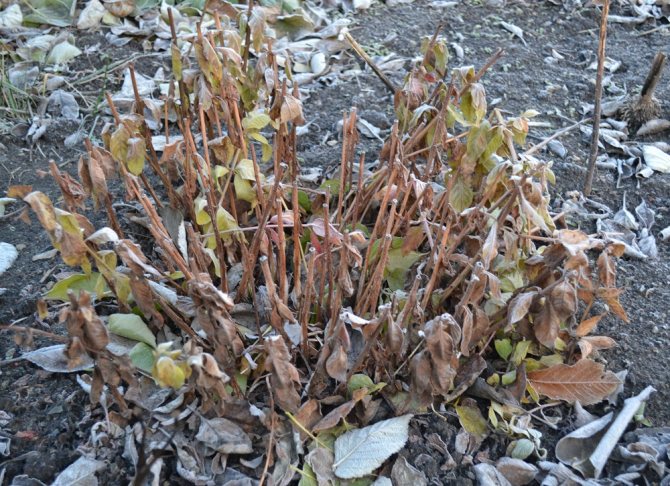

Group 3 of clematis differs from the first and 2 groups in that flowers appear only on young shoots that have grown since the beginning of spring.
The flowers of this group of clematis are small, but very numerous, of a wide variety of shades.
The third group includes curly as well as non-curling herbaceous species of clematis, which are cut almost to the root for the winter. Moreover, it is recommended to leave 2-3 nodes on the stump. More is possible, but then the flowers will be a little smaller, although there will be more of them.
Do I need to cover the cut remains of clematis stems? It is not necessary, if this is already an adult plant, it is enough just to throw a couple of twigs of spruce branches on them. But a first-year sapling transplanted into open ground this spring must be covered in order to protect young immature roots from freezing.
In any case, it must be borne in mind that if there is no snow cover within 30 cm, then severe frosts can destroy even the roots of an adult clematis.
Clematis of the third group are simple and unpretentious plants to care for. We recommend starting with this particular group.
For more information on planting, growing and breeding clematis, see the article: Clematis - planting and care.
Rules for pruning all types of clematis.
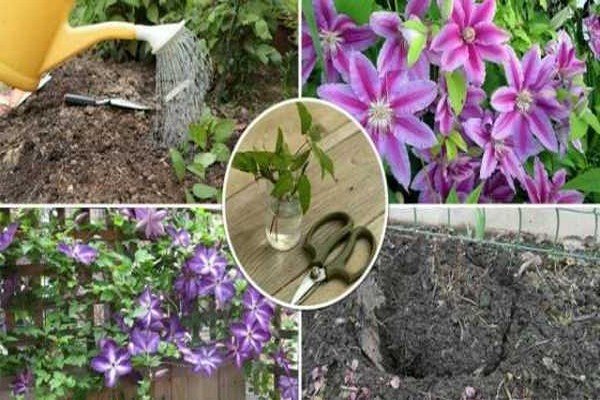

Regardless of which variety clematis belongs to, pruning must be carried out 3 years after vegetative development begins. Pruning small one-year-old seedlings is carried out in a similar way. Before autumn comes and the first frosts, the shoots are trimmed completely, leaving 1 bud each. This will help activate the buds that are close to the root. The optimal number of lashes is considered to be 10-15, but there are varieties that may have a slightly larger number. Also, stems that have been damaged or damaged should be pruned. If the stems have been attacked by pests or diseases, then they must be cut and burned to avoid contamination of neighboring bushes. If you properly care for the plant, prune the plants on time and correctly, then you will be able to form a beautiful and presentable appearance of the plant, which will resemble a beautiful colored carpet.
Content:
- 1 pruning group: clematis blooming in early spring
- 2 pruning group: clematis, blooming twice - in spring and summer
- 3 pruning group: clematis blooming from July to mid-September
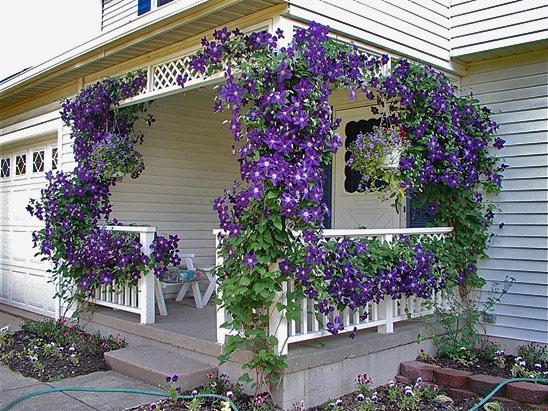

Clematis before pruning
Its shoots grow quickly and chaotically in any direction. They are unpredictable. Of course, you can guide them by tying and supporting them with supports. But when it comes down to it, clematis decides for itself where and how it will grow.
Even worse with pruning. Here it is imperative to know which pruning group your clematis belongs to.
If you have chosen the wrong group, then you can greatly shorten those that absolutely cannot be cut off.
Conversely, some species simply require full pruning, almost at the root, in order to regrow in the spring and bloom as profusely as you would not have achieved without pruning.
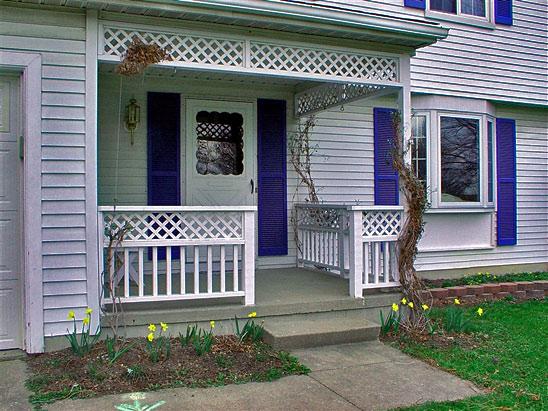

Clematis after pruning
And all because different types of clematis bloom either on the shoots of the current year, or on the shoots of the previous year.
Therefore, they were divided into 3 groups:
- No pruning required.
- Weak pruning.
- Strong pruning.
Clematis pruning tools
For pruning clematisMost often, a garden pruner or an ordinary sharp knife is used. Tools intended for pruning clematis must be disinfected in advance. Also, in order to avoid the spread of diseases or pests, tools are disinfected when moving from bush to bush. It is necessary to cut at an angle, at a distance of about 8 cm from the lower kidney. Such an incision will not only avoid decay processes, but also prevent water from accumulating at the ends.
|


